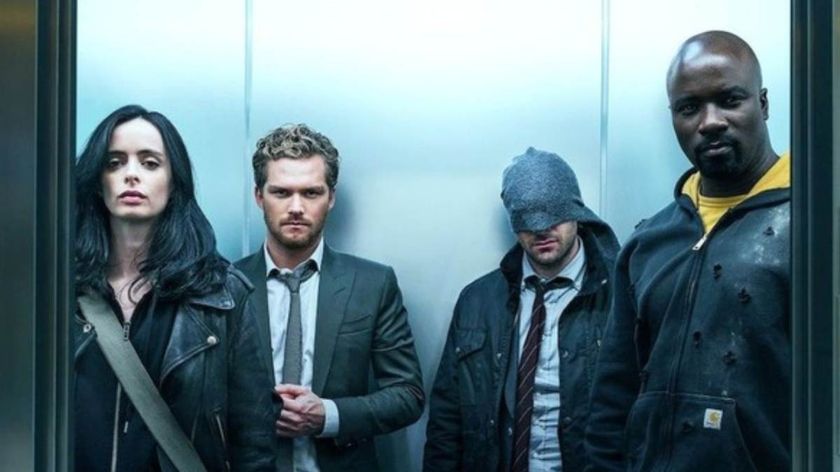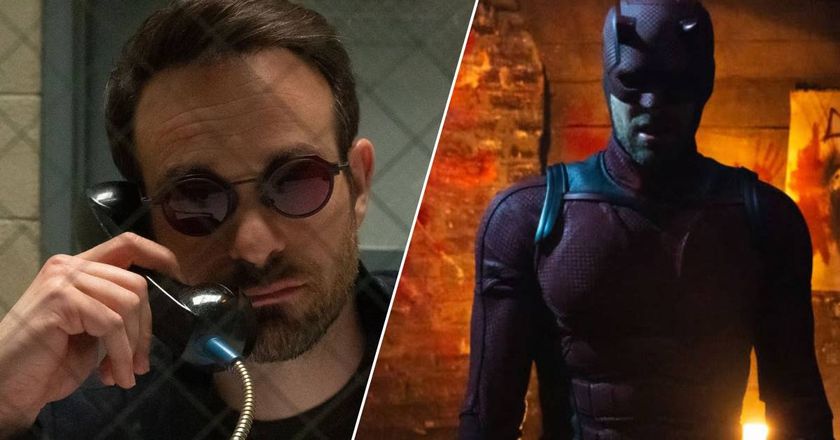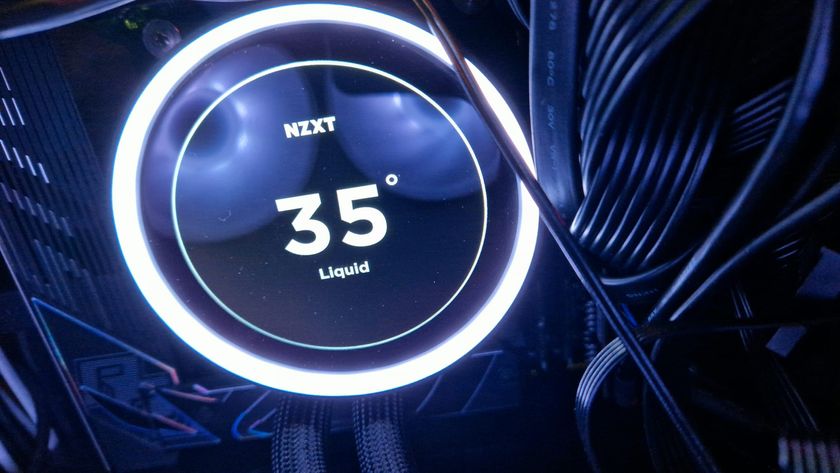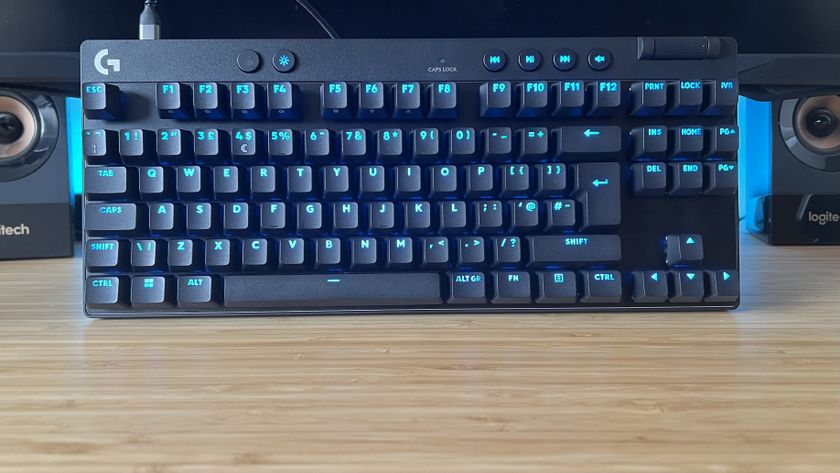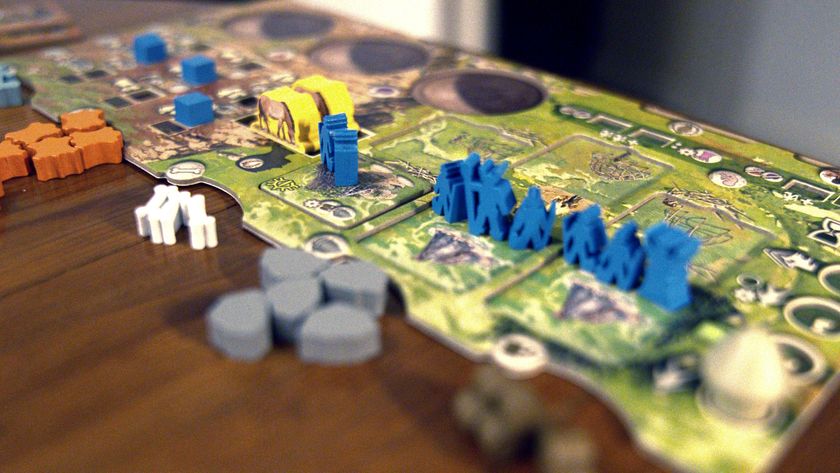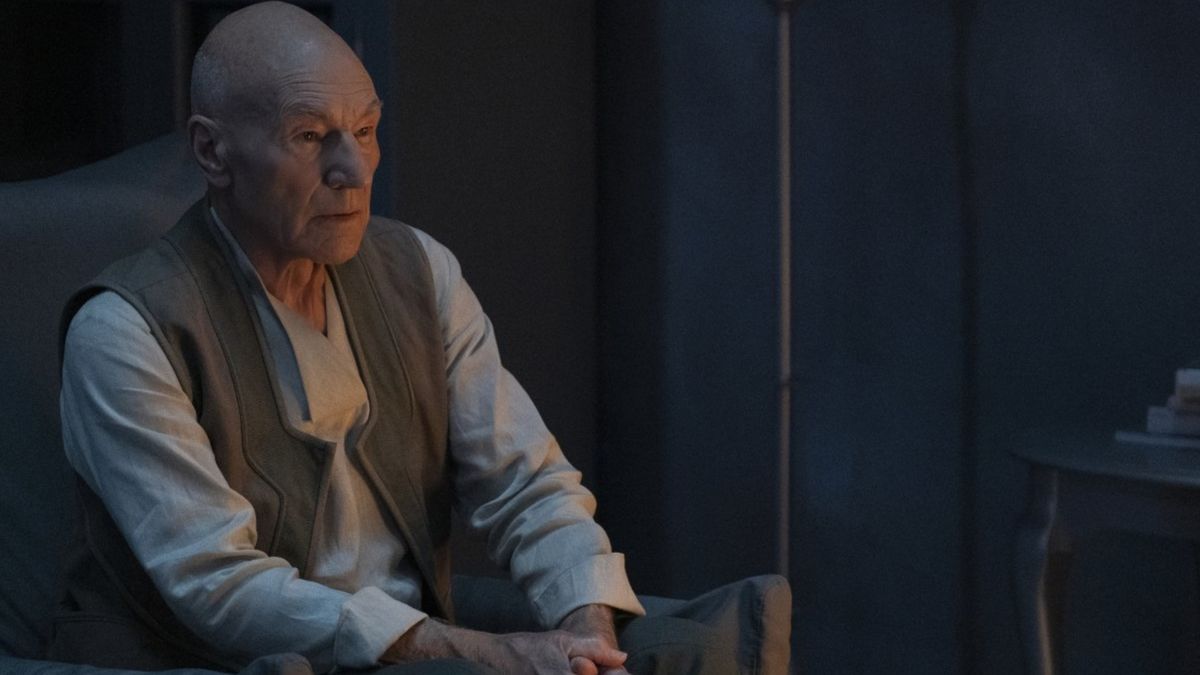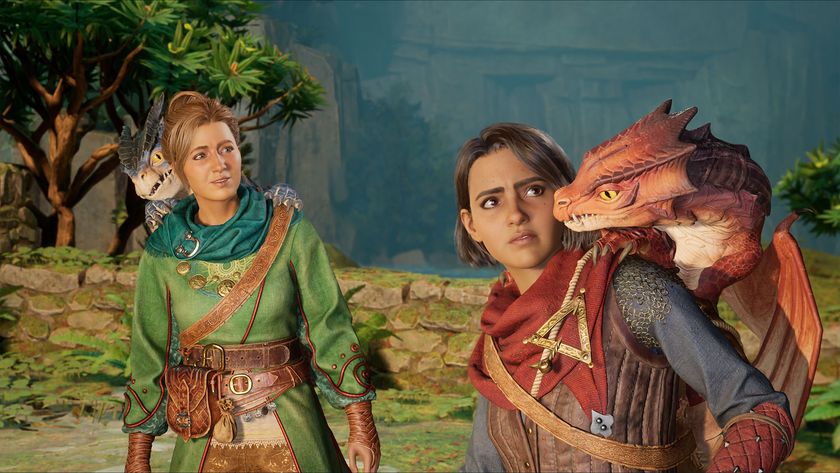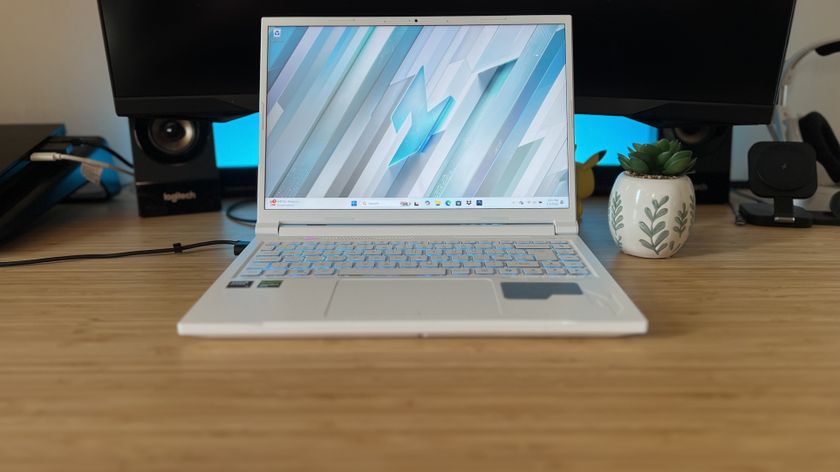12DOVE Verdict
An episode that can be neatly surmised as that famous Picard facepalm in TV form
Why you can trust 12DOVE
Warning: This Star Trek: Picard review contains major spoilers for episode 10. Turn your ship around now to avoid spoilers!
Is that it? After spending the last ten weeks studiously establishing the history of Jean-Luc Picard’s world, filling in the post-Next Generation timeline, and creating a complex mythology involving synthetic life, Romulans, and the Borg, Star Trek: Picard’s first season finale wraps everything up in an implausibly neat bow. Contrived, predictable, and severely lacking in tension, this lacklustre closing episode has a distinct whiff of anti-climax – even though it features the deaths of three major characters.
It’s a bizarre state of affairs considering the previous episode left the writers with an open goal: Jean-Luc under house arrest, the synthetics planning to page their potential A.I. liberators, and 218 Romulan Warbirds en route to Coppelius. Unfortunately, the epic showdown never materialises, with each potential flashpoint resolved with minimal drama.
For Narek, unexpectedly released from custody by Sutra, that means casually wandering into the Borg Cube and bumping into his sister, who’s been hiding there since escaping from Elnor. Narek then hatches a plan to take some molecular solvent grenade canisters to La Sirena, where he rapidly convinces Rios and Raffi to join forces with him in a mission to sabotage the Sutra’s beacon – their justified concerns that he’s a proven liar evaporate in an instant. This all comes after Rios has made the marooned La Sirena operational again by waving around a device – created by the Synthetics – that possesses the same magic wand properties as Doctor Who’s Sonic Screwdriver.
The unlikely team-up is really just an excuse to get Star Trek: Picard’s lead characters into the Synthetic compound in time to see the beacon operational. Even mad scientist Dr Altan Soong joins their merry band after he learns Sutra was responsible for Saga’s death – luckily for him, life is much easier when your enemy has an off switch.
Meanwhile, Dr Jurati shows off an impressive secret agent skill set nobody suspected she possessed to break Picard out of his (very comfortable) incarceration, and get on board La Sirena. It turns out that Picard – who, a couple of weeks ago, couldn’t even work a computer – can now fly the ship single-handed, based entirely on what he’s picked up watching Rios. Jurati also has some magic new tech that makes it look like La Sirena is in lots of places at once. Convenient…
As for the promise of a massive space battle, that’s a letdown too. Every orbital plot twist happens predictably on cue – the arrival of the Romulans; the opening of a portal to those ancient AI overlords; the nick-of-time appearance of Starfleet – while a bunch of Warbirds scrapping with freaky cosmic orchids and ghost Sirenas isn’t quite the spectacular action sequence we’d hoped for.
Even the sight of Captain Will Riker, in command of Starfleet’s flagship vessel, feels a wasted opportunity. Why didn’t anybody realise that having Jonathan Frakes’ name in the opening credits kind of ruins the surprise? And surely someone must have realised that choosing a man who’s spent the last few years perfecting his wood-fired pizza to lead one of the biggest armadas Star Trek has ever seen is, to put it mildly, ludicrous. Having his friend’s back is one thing, but this stretches credibility too far.
Thankfully Picard himself does get to have his big moment and – appropriately for the character – it owes more to his skills as a diplomat than his abilities as a pilot. Despite battling the final stages of his irumodic syndrome – his condition deteriorates astonishingly quickly over the course of the episode – he’s able to talk Soji into deactivating the beacon, delivering the sort of barnstorming speech he made his trademark on the Enterprise bridge.
And with that, the threat ends in an instant, the giant robot space tentacles retreating to whence they came, and the Zhat Vash – who minutes earlier were threatening planetary sterilisation – abandoning their lifelong obsession with eliminating all synthetic life in the universe.
What comes next should be the biggest moment in the episode – and indeed the season – but the death of the iconic Jean-Luc Picard is totally flat because you never really think he’s gone. Seriously, what are the chances the showrunners would kill off the show’s title character with quarter of an hour still to go – especially with a second season already greenlit. Downloading Picard’s consciousness into Soong’s golem feels cheap and overly convenient, particularly when everyone else starts labouring the fact that this new robot form won’t give him an extended lifespan or extra abilities.
To be fair, Picard’s meeting with Data in the afterlife of a “massively complex quantum simulation” is incredibly moving, giving the characters the emotional closure they were denied in Star Trek: Nemesis. But to then make a big deal of Data’s consciousness being erased feels totally unearned – death doesn’t have quite so much impact when you only learned that someone’s still alive 10 minutes before.
It’s ironic, then, that the only death that has any resonance at all is Narissa being kicked down a shaft on the Borg Cube – and even that’s because Seven of Nine is taking revenge for Hugh’s death.
So where does Star Trek: Picard go from here? With the Federation’s ban on synthetics lifted, Data’s children protected, and the Zhat Vash seemingly out of the way, it feels that – aside from the plight of the abandoned Borg – the show has lost most of its reasons for existing. Unless, of course, it was always designed as a 10-hour origin story to get Jean-Luc back among the stars, give him a new crew and ship, and turn him into robo-Picard. Wrapping the story up so neatly feels like a betrayal of the complex universe the writers have spent all that time painstakingly building – it’s like the famous Picard facepalm in TV form.
Picard may be over, but we still have more Star Trek to come this year. Here's everything we know so far about Star Trek: Discovery season 3.
Richard is a freelancer journalist and editor, and was once a physicist. Rich is the former editor of SFX Magazine, but has since gone freelance, writing for websites and publications including 12DOVE, SFX, Total Film, and more. He also co-hosts the podcast, Robby the Robot's Waiting, which is focused on sci-fi and fantasy.
